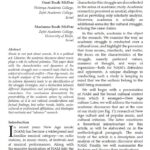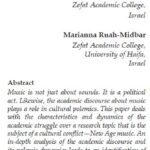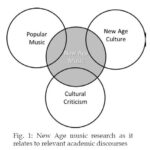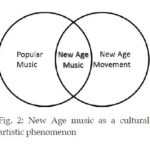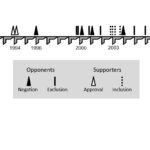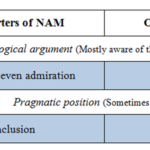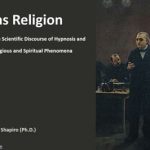The academia is a cultural player, and when it deals with a culturally controversial issue – the academic discourse actually plays a role in the cultural game and struggle between forces.
This article – dealing with New Age Music – is a product of a scholarly cooperation between Omri and Marianna Ruah-Midbar, as a crossroad of their sceintific interests. It was published in Berkeley University’s journal – Cultural Analysis.
This article (about 11,000 words) addresses the scholarly discourse on New Age Music, a flagellated subject in the contemporary cultural arena.
We identified a polemic also within the sceintific discourse on New Age Music – conducted through various struggle strategies (overt – covert, ideological – pragmatical), stemming from modern or postmodern dispositions of the scholars.
They are used to think that sceince is built upon facts and rational considerations, however, this research indecateds again that ideology, personal taste, and socio-cultural affiliation fuel sceintific progress.
Abstract
Music is not just about sounds. It is a political act. Likewise, the academic discourse about music plays a role in cultural polemics.
This paper deals with the characteristics and dynamics of the academic struggle over a research topic that is the subject of a cultural conflict—New Age music. An in-depth analysis of the academic discourse and its polemic dynamics leads to an identification of the struggle strategies, and a distinction between different dispositions and paradigms among the researchers.
Our conclusions demonstrate the penetrability of the academic sphere by cultural fashions, as it is not rational considerations and factual findings, but rather trends, habits, sociocultural or professional affiliations, and ideologies that motivate and “advance” research.
Language
English
Academic/Non-academic
Academic item
Bibliographical citation
Ruah Midbar, Omri, and Marianna Ruah-Midbar, “The Dynamics of a Cultural Struggle in Academia: The Case of New Age Music Research”, in Cultural Analysis – An Interdisciplinary Forum on Folklore and Popular Culture 11 (2013): 67-90.


